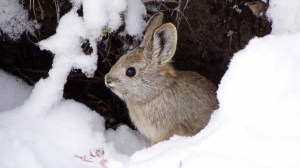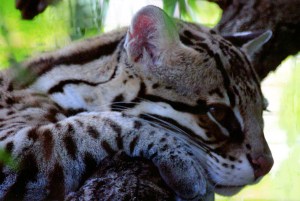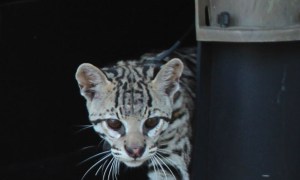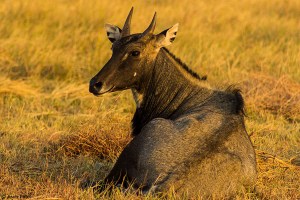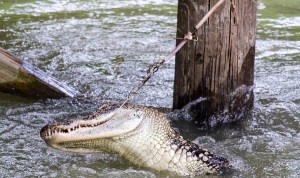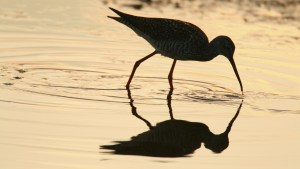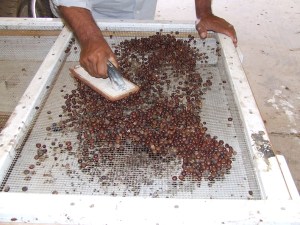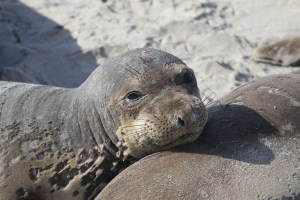Director of Science Communications
Page 51
-
Pygmy Rabbit Quest
Meet the pygmy rabbit: the tiniest rabbit on earth, and one of the most difficult North American mammals to spot. Our blogger journeys to southwest Wyoming to learn more about this elusive inhabitant of big sagebrush.
Matthew L. Miller
-
Connecting The Ocelot’s Home on the Range
In South Texas, ocelot conservation means connecting the dots. But those "dots" happen to be thornscrub habitat -- thick brush incompatible with most human use. How do you restore a habitat that ranchers have spent decades working hard to clear.
Matthew L. Miller
-
Every Cat Counts: Conserving Ocelots on the Border
In South Texas, ocelots cling to a precarious existence. How do these spotted cats survive against a backdrop of lost habitat, roads and now a border fence? Can conservation efforts help?
Matthew L. Miller
-
Nilgai: Blue Antelope of the Anthropocene
Once the nilgai roamed expansive Indian plains as it avoided stalking tigers. A creature of wilderness. Today, you're more likely to find it in sprawling cities, or galloping along a Gulf Coast seashore. A creature of the Anthropocene.
Matthew L. Miller
-
Alligator Rescue on the Border
The alligator was trapped and destined to die a slow death: time for a rescue operation. An unexpected twist at one of the most biodiverse nature reserves in the United States, the National Butterfly Center in Mission, Texas.
Matthew L. Miller
-
10 Top National Wildlife Refuges To Explore
For the traveling naturalist, there's a lifetime of adventures to be found on national wildlife refuges. But with 560 refuges, where to start? Our blogger offers up his favorites for birds and other wildlife, from spotting tropical specialties in Texas to hiking amongst bighorn sheep in Oregon.
Matthew L. Miller
-
Coyote Scat and Native Plant Conservation
Cultivating native plants for conservation requires the perfect water, sunlight, nutrients and pollinators. And in at least one case, it needs coyote poop. And lots of it. A story of an observant naturalist, palm seeds and hungry coyotes in South Texas.
Matthew L. Miller
-
Northern Elephant Seals: A Dramatic Conservation Success
Northern elephant seals were declared extinct, a victim of the blubber trade. Today, you can see thousands on California beaches, and the population continues to grow. The story of a dramatic (and often unheralded) conservation success.
Matthew L. Miller
